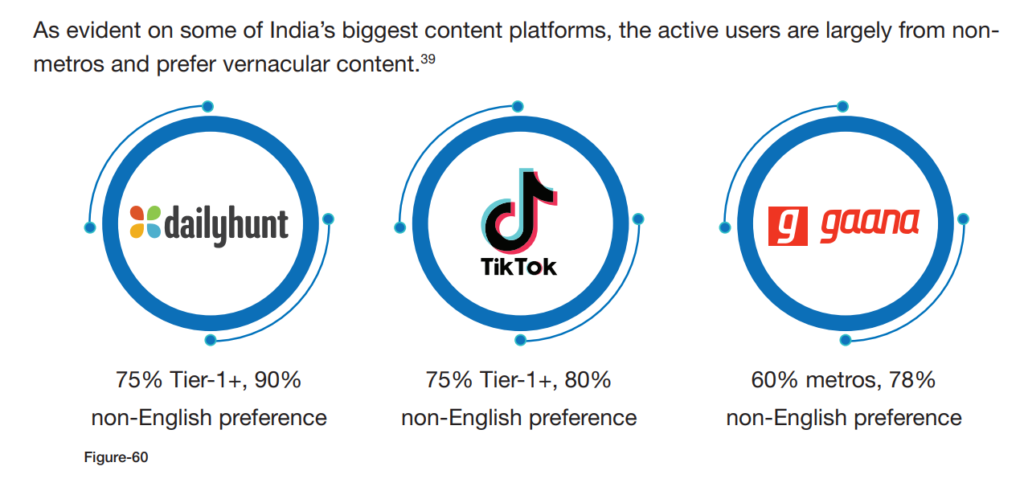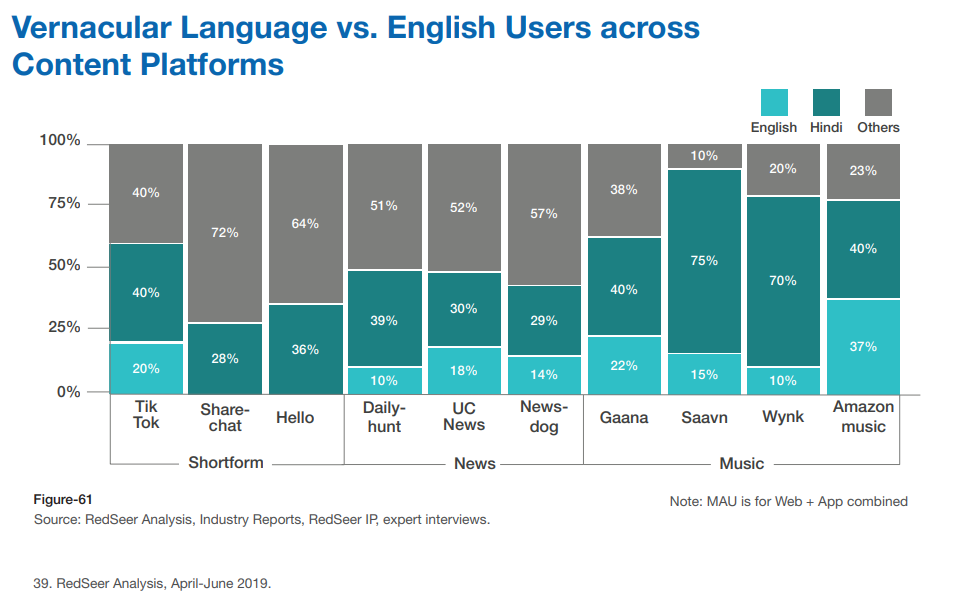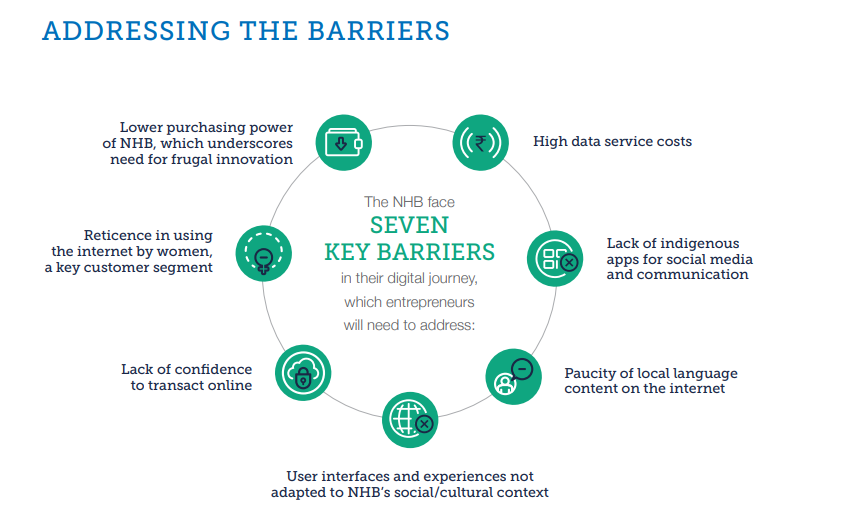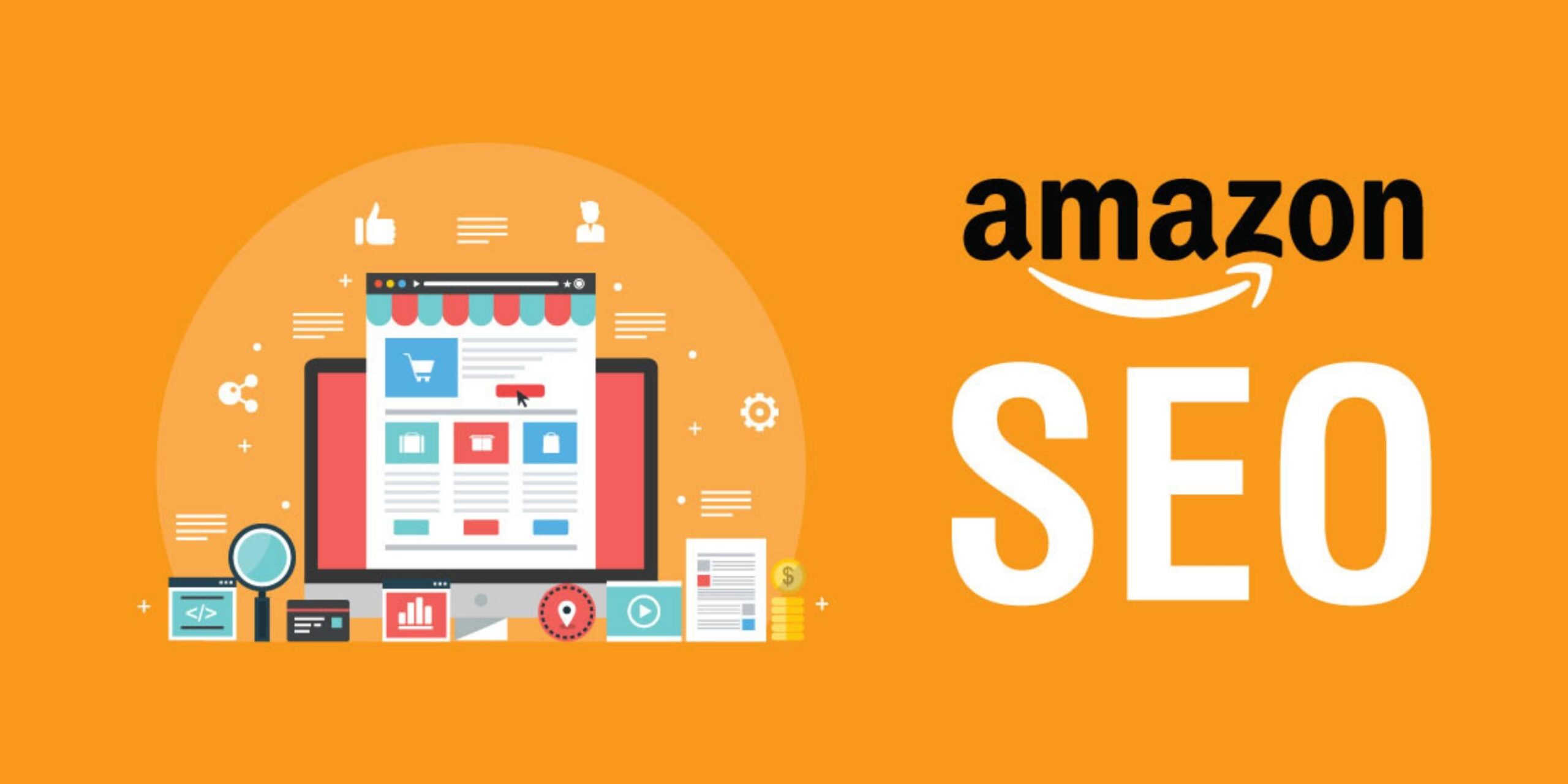Have you ever wondered why China has almost the double number of Internet users as India despite the fact that India’s population is almost equal to China? Well, it is because of the increase in smartphone users in China. While in India, the population of smartphone users is comparatively less than that of china according to statistics.
There may be several reasons why India has fewer smartphone users. Reasons such as the low purchasing power of people in India, and the high illiteracy rate of about 37% in India may prevent people from using smartphones. However, the most crucial reason for less number of smartphone users is the fact that parents don’t purchase smartphones for their children until they reach 10th or 12th grade or sometimes not until they are 18.
Unfortunately, due to the global pandemic, the world went digital. From online classes to online meetings, everyone encountered a shift from the offline mode to the digital world. This shift created a huge opportunity for ed-tech giants to target the next half billion as the new circumstances created by the global pandemic will force more students to come online through a mobile-first approach. In this article, let us talk about how the ed-tech startups and companies are going to cater to the next half billion.
What is the next half billion?
According to a report by Omidyar Network India, the Next Half Billion is expected to become the first billion users of the Internet by 2022. This demographic mainly consists of students who are planning on taking up online learning through a mobile-first approach.
Now that the COVID-19 pandemic has stopped the conventional centers of education, how do EdTech companies plan on accommodating the Next Half Billion?
As mobile platforms become more prevalent, the future of EdTech companies will be determined by how they cater to the needs of the Next half billion (NHB).
You can find Complete Report of Omidyar Network India about NHB and Edtech: https://www.omidyarnetwork.in/wp-content/uploads/2020/06/20200527-EdTech-Report-Omidyar-V6.pdf
How NHB affects ed-tech in India?
Ed-tech startups such as Byju’s, Vedantu, Unacademy, Wonderslate are trying to bring in newer and smarter learning solutions to the education landscape. However, in the world of online learning, K-12 is still an outsider. According to a report by eMarketer, the number of online education offerings for grades 1 to 12 is set to increase by 6.3 times by 2022, and the post-K12 market is expected to grow by 3.7 times.
K-12 is expected to create $400 million in new revenue by 2022, which is almost five times more than today’s 5% share in the spoils. By 2022, the K12 population is expected to become the majority of the EdTech market. Currently, it only accounts for 30% of the K12 population.
As the EdTech players are busy working on their various plans, there is still ample space for new products and services to emerge in rural areas and towns. While the larger regions of India still have a long way to go in terms of proper infrastructure, the good news is that there is still room for growth in these areas.
The next half billion calls for innovation by the ed-tech industry, the endless list of hurdles that aspiring EdTech players both giants and startups face is a golden opportunity for them to smoothly board the next half billion for online learning. Nevertheless, there are a few barriers that are to be addressed by the ed-tech sector in India.
Barriers faced by NHB which need to be addressed by the ed-tech sector in India
1. Local language content
Unlike the previous generation of mobile internet users, the new generation of natives are not native English speakers. This is why local language content is very important to bring them online. A study conducted by Google and KPMG revealed that 70 percent of Indians use local language content regularly. Moreover, children are more comfortable communicating and learning in their mother tongue or native language. There is a need for companies to tailor their online learning solutions and incorporate multiple language options for effective boarding of NHB online.

Therefore, one such barrier which needs to be addressed by the ed-tech sector is providing content in local languages to allow the maximum number of students to get online.

2. High data service cost
Indian consumers are frugal when it comes to splashing out their money for data use and are always trying to look for cost-efficient ways to reduce the high data costs. Moreover, many people living in metropolitan areas prefer using public Wi-Fi networks available in public libraries, railway stations, etc. High data service costs will be a barrier for the ed-tech sector in bringing more students online. Since Indians are price-sensitive, they will always prefer applications that minimize data consumption. The ed-tech sector needs to innovate and modify their websites and applications for minimizing high data costs.
Furthermore, on a positive note, companies such as Omidyar Network is working towards the creation of broader Wi-Fi coverage in India. The aim of the company is to install more than a million Wi-Fi hotspots across India that would allow more Indians to access the free internet connection and come online for the very first time by 2022.
3. User interfaces and experiences not adapted to NHB’s social/cultural context
Another barrier for the ed-tech sector in India is to design products and services that are relevant to the life experiences, social context, and cultural norms of the next half billion. It includes creating adaptive and easy-to-use website interfaces that will allow the NHBs to smoothly access the online learning services.
Let us take an example of a ‘shopping cart symbol’ and ‘proceed to checkout option‘ in every eCommerce website. The shopping cart symbol and proceed to checkout option denotes the familiar shopping experience to a consumer where he/she takes the empty cart, puts items off the shelves into the cart, and proceeds to the checkout. However, in the same way, the user interfaces and experiences are not adapted to NHB’s social/cultural context, as if we talk about the same example, the shopping experience of NHBs is walking up to a counter at a store and being served and assisted by the shop owner. The self-service e-commerce symbols can be very intimidating or may mean very little to them.
Therefore, simple and easy-to-use interfaces that give more importance to speech over text and are menu-based can be one solution for the ed-tech companies in bringing the NHBs online.

4. Reticence in using the internet by women: A key customer segment
In India, the NHB comprises women as a key consumer demographic as they make important decisions when it comes to basic products and services like education and healthcare. However, most Indians perceive smartphones and internet access with entertainment and social media, which leads to a gender divide when it comes to device ownership and access to the internet, based on stiff cultural norms.
Most people with stiff cultural norms and mindsets believe that internet access and smartphones will expose women to bad influences and may lead to cyber-harassment or broken marriages. Hence, as a result, many men in the family deny their wives or daughters the use of smartphones, or simply deny access to the internet connection.
Therefore, there is a need for ed-tech companies to reposition how people perceive and link smartphones to bad influences. In order to smoothly board the next half billion online, there is a need to promote the prime purpose of mobile internet towards important use cases, such as online learning, education, and health.
Conclusion
By 2022, we expect to see a rise in new startups and ed-tech companies who seek to get the first-mover advantage created by the NHB coming online. But the question is can the ed-tech sector in India truly understand the pulse of this audience coming online for the first time and will they be able to cater to the needs of the next half billion? We certainly hope that in this fast-paced digital world, the ed-tech sector in India will be able to create products and services that directly meet the needs of the NHBs in India.







